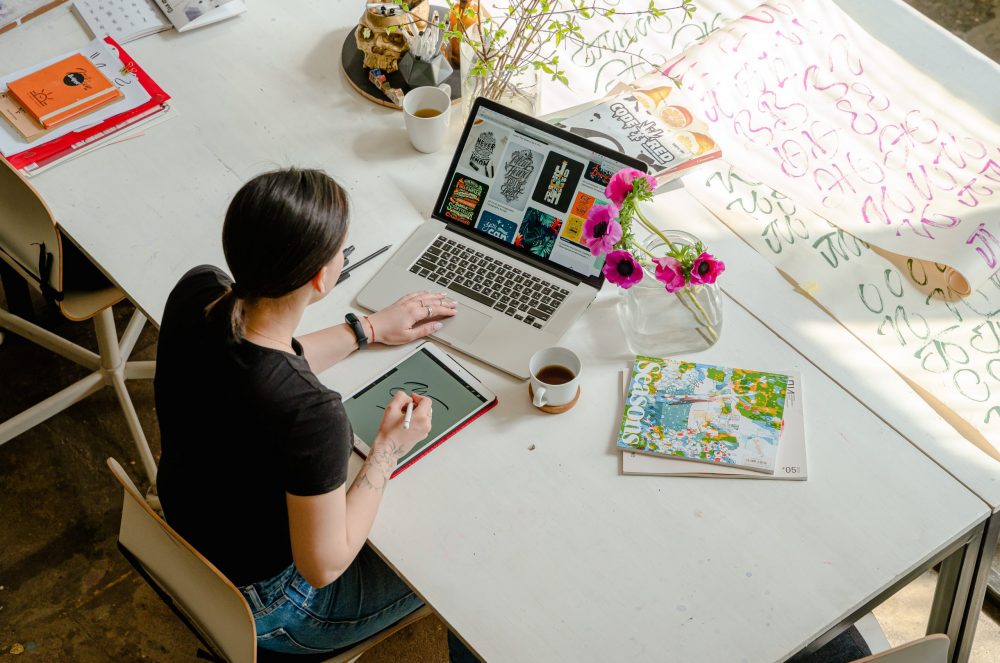What changes and what remains the same for employees?
The pandemic has generated many changes. One of the most important is the way it works. Changing the frameworks generated two direct but fundamental questions: How do we achieve our goals and how do we get things done as a team? On the one hand, the versatility of each company shapes the answers it offers to these questions, on the other hand, the evaluation of specific situations determines the interpretation of reality either as an opportunity or as a risk. Consequently, in terms of the way it works, the construction of the strategy will consider the level of change existing on three levels, as follows:
Temporary changes in response to the crisis
The pandemic has forced companies to adapt quickly to new restrictions to maintain health security and change the way they operate. Many companies have adopted remote work or a hybrid working model since the beginning of the pandemic, and it is possible to continue to do so.
This is the case of large supply chains that have relocated their employees on shifts and tasks and conducted safety audits to ensure that they can meet customer demand, but also employee safety. However, certain one-off changes are likely to be reversed gradually. Over time, they will serve as examples of how crisis management works but will be less relevant to the long-term future of work.
Permanent changes of daily work
The COVID-19 crisis has accelerated the adoption of trends considered relevant for the long-term future of work. Investments in digital transformation and automation, considered too ambitious before the pandemic, have suddenly become the key to survival. These plans are now seen as vital sources for a sustainable competitive advantage.
When the pandemic forced many companies to switch to remote work, video conferencing was the main tool that teams used to connect and continue working. In a few months, employees attended 63% more digital meetings compared to the previous period and, over time, came to feel stress and fatigue. Video conferencing will always be important, but it is one tool and does not provide the communication and collaboration infrastructure needed to support hybrid work.
New types of work
The pandemic has brought new ways of generating results and delivering work. These changes have shaped a broader trend that has not yet been clarified as temporary or permanent. The widespread adoption of remote work processes is an example in this regard.
However, the trend goes beyond remote processes and refers to rethinking how tasks can be performed more efficiently using technology. Virtual communication and e-commerce expand the framework for thinking about how to work and how work can be done creatively, beyond established forms. The interpretation of the factors involved is reformulated, including society, the environment, and corporate governance.
In conclusion
The future is now, it is more than the refrain of an immediate change. It is an urge for companies to understand the uncertainty of change to make strategic decisions on all 3 categories mentioned here. It’s not easy. But what companies need to do is align their goals and invest in strategic priorities.
Rethinking the job is not enough. Companies need to consider changes in work. Focusing exclusively on redesigning workflows in the workplace, some may omit the emergence of new types of work.
Defining these priorities and filtering them through the 3 levels will allow them to extract value from technological, financial, and human capital. The change will continue to be rapid, relevant to both customers and employees. Not only the workspaces but also the mentalities and skillsets required of the employees will be adjusted.

Alina Făniță este Senior Partner la PKF Finconta. A lucrat cu companii multinaționale sau firme antreprenoriale din domenii diverse de activitate, pentru a le oferi servicii de audit financiar, due diligence, restructurări de grupuri, audit intern și alte servicii conexe activității de control intern. Este membră a celor mai prestigioase asociații profesionale din domeniu: ACCA (Association of Chartered Certified Accountants), CECCAR (Corpul Experților Contabili și Contabililior Autorizați din România), CAFR (Camera Auditorilor Financiari) și IIA (Institute of Internal Auditors). A absolvit EMBA Asebuss la Kennesaw State University, a fost trainer pentru cursuri IFRS și este invitată ca expert la numeroase conferințe de business. alina.fanita@pkffinconta.ro













